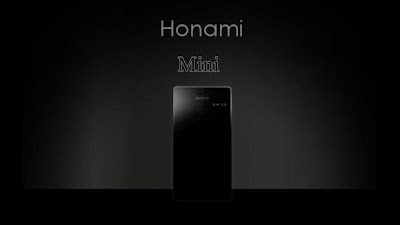Rooting simply means having root access to your device.
Rooting your Android device gives you total freedom on your device. You become a Super User. This elevates your level to do things that you can’t normally do out-of-the-box. With the root access, you can modify the device’s software to suit your needs. While this process looks exciting, you will lose your warranty once you make up your mind to initiate and complete this process.
1.Custom ROMs
The general feeling among the modder community is that carriers make their Android UIs to benefit their businesses, not the user. If you want the best user experience, you have to flash a custom ROM that was actually made for users.
The term custom ROM is somewhat of a misnomer, but basically it is a customized UI for Android, and there are many from which to choose. Some of them focus on giving you the latest version of Android before your carrier releases an official update, while others focus on extra functionality or speed and stability.
There are too many Android mods to cover here, but you'll want to determine your priorities and pick one that's best for you. Or, you could get Boot Manager ($2.99) from the Android Market, which lets you choose between five different installed custom ROMs at startup.
2.Speed/Battery Life Boosts
Phone starting to get laggy? Or maybe you're having trouble making it through the day on a single charge? Rooting allows you to install customized kernels (the software that enables the OS to talk to the hardware, basically) that are optimized differently. Some are made for low-power consumption, and some are built for speed. You can also use an app like Set CPU, which enables you to overclock or underclock your phone's processor, and set rules for usage.
For example, you can set your processors to go into overdrive when you're playing a graphically intensive game, but have them draw the bare minimum power when the screen is off.
3.Limit-less Apps
This is obviously one of the strongest points of rotting your device. Root your device and get access to more apps. If you play with Google Play well enough, you would notice that some apps won’t respond to your device. Rooting breaks this barrier; you get automatic access to apps that may have been restricted by your network provider, manufacturer or even Google. That sound great right? I anticipated the excitement and I am feeling it already. You are reading just the surface, here is more; rooting your device allows you to increase your RAM and over-clock your device’s processor. You could adjust your cloaking speed as well and cut down its usage thus maximizing battery efficiency.
4.A Free Wi-Fi Hotspot
You probably know that your phone can function as a Wi-Fi hotspot, allowing you to get your laptop (or tablet, or whatever) online wherever your phone has a data connection The catch? Most wireless carriers charge you $10 a month or more for that privilege, on top of your regular data plan. With a
rooted Android device, however, you can simply download Wireless Tether (yep, right from the Android Market), create your own mobile, encrypted Wi-Fi network, and your carrier will be none the wiser.
If you do tether multiple devices to your liberated phone, just make sure you don't go over your monthly cap. Data goes down a lot faster on a laptop.
5.Overclocking
When you root
your Android, you gain some control over the hardware components, making overclocking and undervolting possible. It's not uncommon to overclock a 1GHz Android CPU up to 1.6GHz, of course with a greater tendency toward instability. Several root-only apps available in the Android Market handle both overclocking and undervolting, such as SetCPU ($1.99) and Voltage Control (free or $3.36 for the Extreme version).
6.Performance
Besides mere overclocking, rooted users can gain other performance enhancements through kernal tweaks performed by some of the apps we've mentioned here, custom ROMs, or through your own means, if you know what you're doing. Such tweaks in combination with overclocking have been known to increase overall performance on a Nexus S by 250 percent.
 now go here- link 1 link2
now go here- link 1 link2 




.webp)























